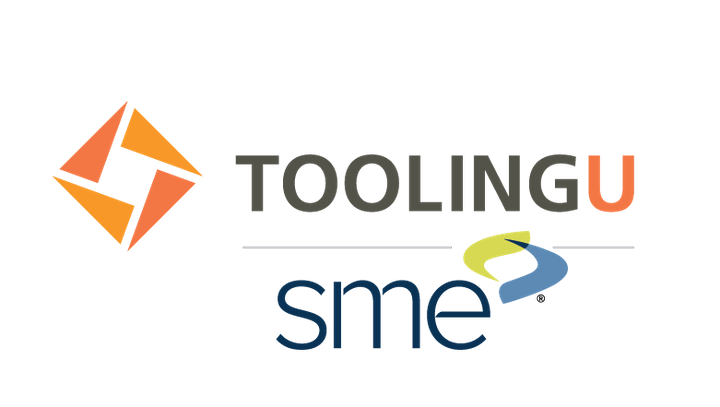“Basics of G Code Programming” provides a comprehensive introduction to G code programming, which are used to create part programs, which direct CNC machines to create a part. Part programs consist of blocks, which contain words that are a combination of a letter address and a numerical value. N codes name or title a program block. G codes describe the operation that the machine will perform. X, Y, and Z codes determine the cutting operation location. F and S codes set the feed and speed, T codes signal the correct cutting tool, and M codes complete other miscellaneous functions. Programmers often rely on computer-assisted programming software to efficiently create part programs. However, to create or edit a part program for a CNC machine, a programmer must understand the different codes in G code programming and what they do. After taking this class, users should be able to describe how G code programming is used to create a part program.
Course Objectives:
- Describe the role of a part program
- Identify the major steps in program creation
- Explain how standardization impacts CNC programs
- Define computer-aided manufacturing
- Identify the components of a program
- Describe the function of N codes
- Describe the function of G codes
- Describe the function of coordinate codes
- Describe the function of F and S codes
- Describe the function of T and M codes
- Describe a toolpath.
Recommended Background
- Recommended for all manufacturing personnel operating CNC machines.
Course ID
TU188
Skill Focus
Intermediate
Instructor(s)
Tooling U - SME
Employee Type
New Applicants, Operations team, 1st level supervisor
Method of Delivery
Online
Estimated Effort
2.5 hrs
Cost
Contact for Price
Contact ToolingU for Course Program Details.
 Tooling U - SME
Tooling U - SME